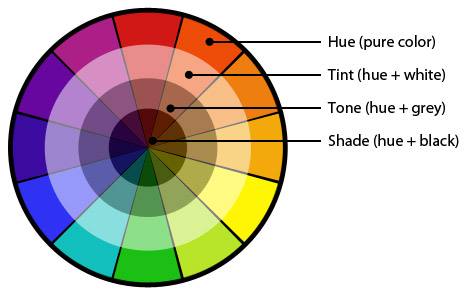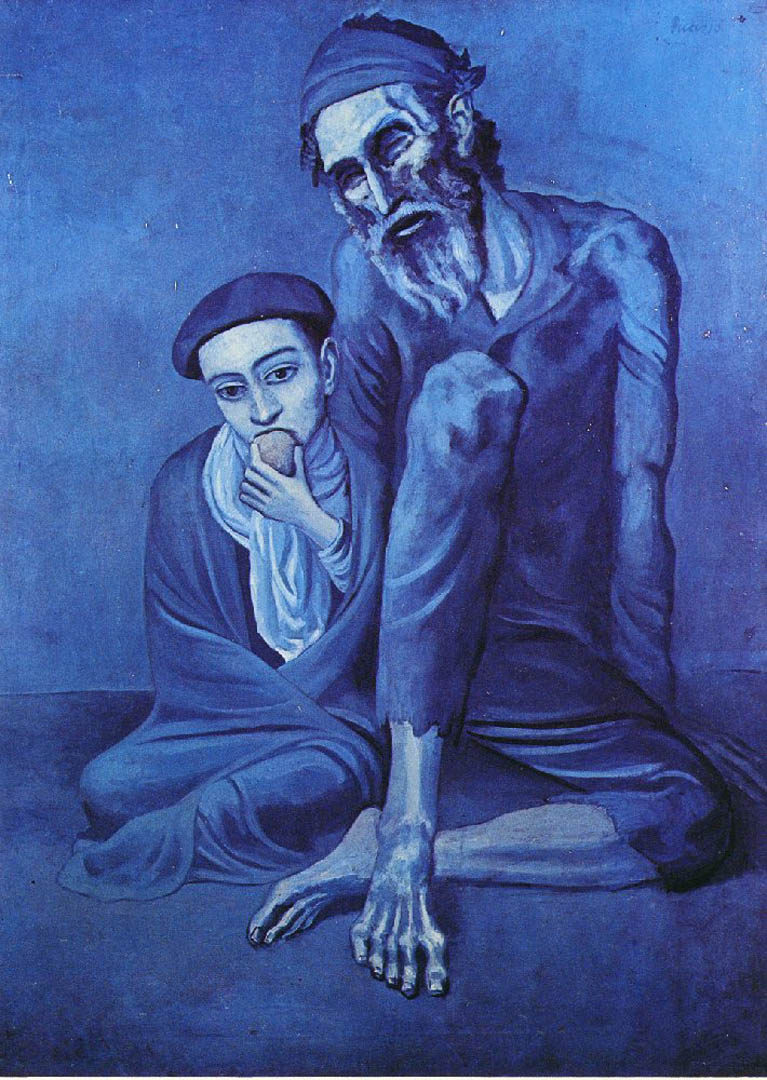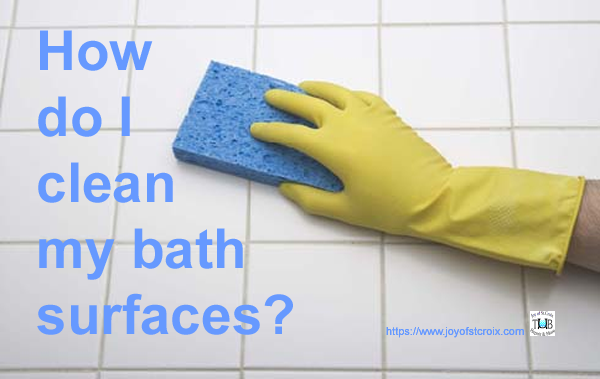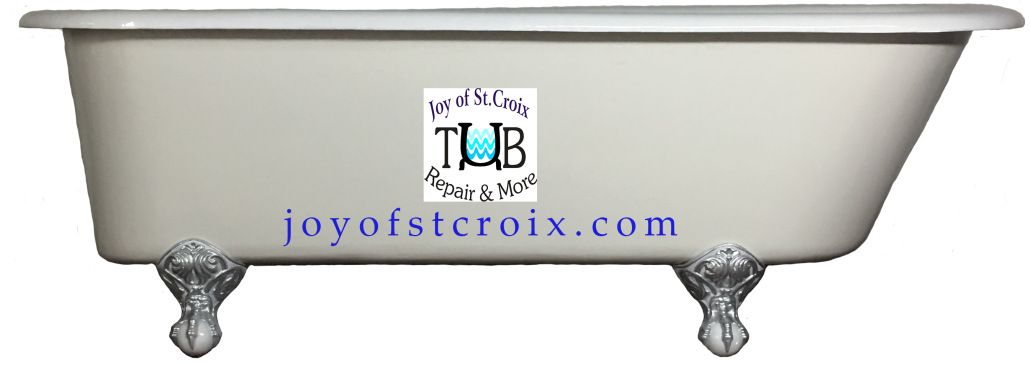What's the difference between Hue, Tint, Tone, and Shade?
When I was a little girl, the world was in black and white - no colors. Color wasn't invented until I was around 10 years old, and then all of the world's great paintings sprang to life in a burst of more colors than I could find in my big crayon box with the sharpener in the back. I was poking around in my mother's library when I found a book on Pablo Piscasso's "Blue Period". My mind staggered - how could he possibly create such depth of field and fore with just one color? I tried to copy his paintings, and predictably failed. It wasn't because I was a 10 year old kid, but because I had no idea what color was. More significantly, I had no idea how to manipulate it. Oddly enough, I learned about color theory in a book on photography - when it was all black and white. But, that's a story for a different blog post.
The basics of color manipulation
Try this for a while - don't use a color right out of the container, always manipulate it first. Why? Well, let's start out with the practical - you can't afford every color. Now let's move on to what's most important - no one makes every color, and you need more colors!!
Here's a cheap way to enhance your range of colors while sneaking in some color theory past your brains natural "I don't wanna study" reflex:

Hue - pure color, right out of the container
Tint - pure color plus white
Tone - pure color plus grey
Shade - pure color plus black
That's not just four lonely colors - there's a whole range you can create by adding a bit more or bit less...and no one's stopping you from mixing a bit of the tint with that shade.
Putting your new color theory to the test
Skills are only developed by working at them, which means you're going to have to get that brush wet. Go get three colors: white, black, and a hue that turns you on...or whatever you have on hand.
On your palette, mix up your range of Hue, Tint, Tone, and Shade.
Now...stretch your imagination, and consider the following:

Paint a cylinder that casts a shadow on the horizontal surface it rests on and reflects its color on the vertical surface behind it. Use only that one color's range of Hue, Tint, Tone, and Shade.
Where will you employ the Tint vs the Tone? Ask yourself - where is the light source?
Will both the shadow and the reflection use only one of your new colors or will they be multi-colored? Again, ask yourself - where is the light source?
The 500 year old color exercise
"Sperimentare di non limitarsi a ciò che si pensa di che sapere - Experiment with not limiting yourself to what you think you know"
That axiom sounds like a motivational poster or a meme, but it's actually an ongoing "homework" assignment in a classical botteghe. It becomes an automatic task whenever you encounter a new formula of paint:
It doesn't matter that you KNOW that blue and yellow make green, do you KNOW if this new formula makes the same green that the last one did? Will this new formula produce the same colors with the methods you've been using?

Experiment, even if you're saying to yourself, "I already know this". That's just your brain's natural "Awwhhh, I don't wannnah study" reflex...sneak it in.









